Rise in Aesthetic Procedures
The increasing popularity of aesthetic procedures is contributing to the growth of the Pigmented Lesion Treatment Market. As consumers become more focused on their appearance, there is a corresponding rise in demand for cosmetic dermatology services, including the treatment of pigmented lesions. Many individuals seek to enhance their skin's appearance, leading to a greater willingness to invest in treatments that address pigmentation issues. Market data indicates that the aesthetic segment is experiencing robust growth, with procedures such as chemical peels and laser treatments gaining traction among consumers. This trend is further fueled by the influence of celebrity endorsements and social media, which promote the desirability of flawless skin. As the aesthetic appeal of skin health continues to gain prominence, the market for pigmented lesion treatments is likely to expand, catering to a diverse clientele.
Expansion of Healthcare Access
The expansion of healthcare access, particularly in underserved regions, is a crucial driver for the Pigmented Lesion Treatment Market. As healthcare systems evolve and telemedicine services become more prevalent, individuals in remote areas are gaining better access to dermatological care. This increased accessibility allows for earlier diagnosis and treatment of pigmented lesions, which is essential for effective management. Market trends indicate that teledermatology is becoming an integral part of healthcare delivery, enabling patients to consult specialists without geographical constraints. Furthermore, government initiatives aimed at improving healthcare infrastructure are likely to enhance the availability of treatment options for pigmented lesions. As more patients gain access to necessary medical services, the demand for effective treatments is expected to rise, thereby propelling the market forward.
Growing Awareness of Skin Health
The heightened awareness surrounding skin health and the potential risks associated with untreated pigmented lesions is a significant driver for the Pigmented Lesion Treatment Market. Educational campaigns and initiatives by healthcare organizations have played a crucial role in informing the public about the importance of regular skin checks and early intervention. This increased awareness has led to a surge in demand for dermatological consultations and treatments. Market analysis suggests that as more individuals recognize the signs of pigmented lesions, they are more likely to seek professional evaluation and treatment options. This trend is further supported by the rise of social media, where influencers and health advocates promote skin health awareness, encouraging proactive measures among the population. Consequently, this growing consciousness is expected to sustain the market's expansion in the coming years.
Advancements in Treatment Technologies
Technological innovations in the treatment of pigmented lesions are significantly influencing the Pigmented Lesion Treatment Market. The introduction of advanced laser therapies, cryotherapy, and photodynamic therapy has revolutionized the approach to treating these conditions. For instance, laser treatments have become increasingly popular due to their precision and minimal invasiveness, leading to quicker recovery times and improved patient satisfaction. Market data indicates that the laser treatment segment is expected to witness substantial growth, driven by ongoing research and development efforts. Furthermore, the integration of artificial intelligence in diagnostic tools enhances the accuracy of identifying pigmented lesions, thereby facilitating timely and effective treatment. As these technologies continue to evolve, they are likely to attract more patients seeking effective solutions for their skin concerns.
Increasing Incidence of Skin Disorders
The rising prevalence of skin disorders, particularly pigmented lesions, is a primary driver of the Pigmented Lesion Treatment Market. Factors such as environmental exposure, lifestyle changes, and genetic predispositions contribute to this increase. According to recent data, the incidence of skin cancer, which often presents as pigmented lesions, has been on the rise, prompting a greater demand for effective treatment options. This trend is likely to continue, as more individuals seek medical attention for skin-related issues. Consequently, healthcare providers are focusing on developing innovative therapies and treatment modalities to address this growing concern. The increasing awareness of skin health and the importance of early detection further fuels the market, as patients are more inclined to seek professional help for pigmented lesions.


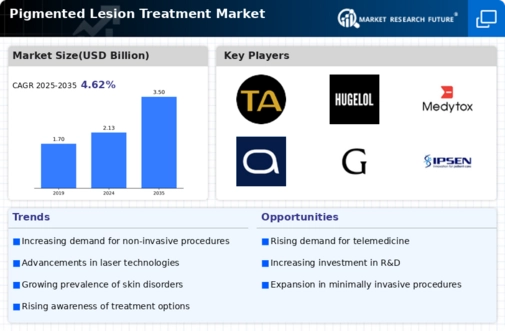
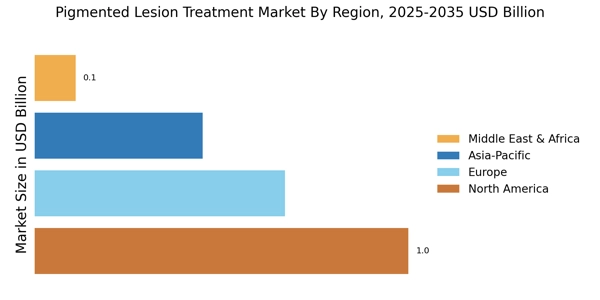
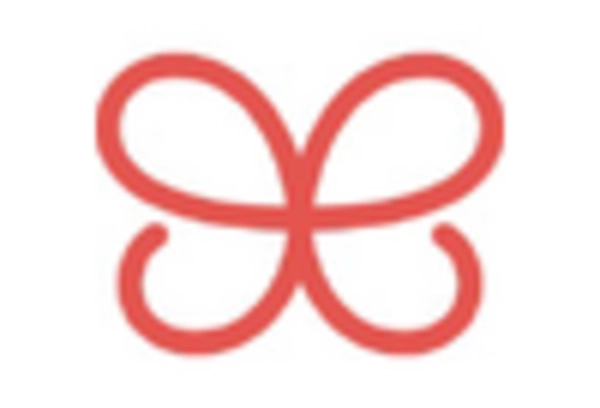
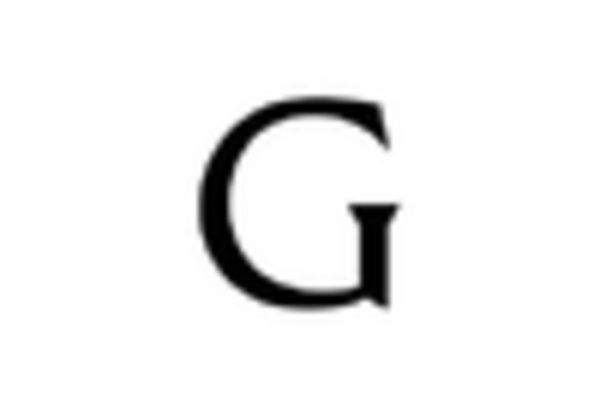
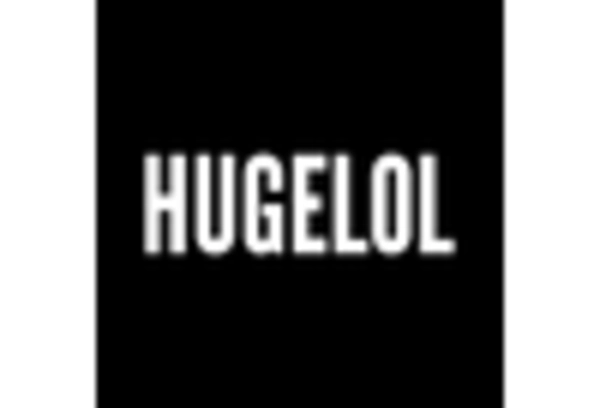
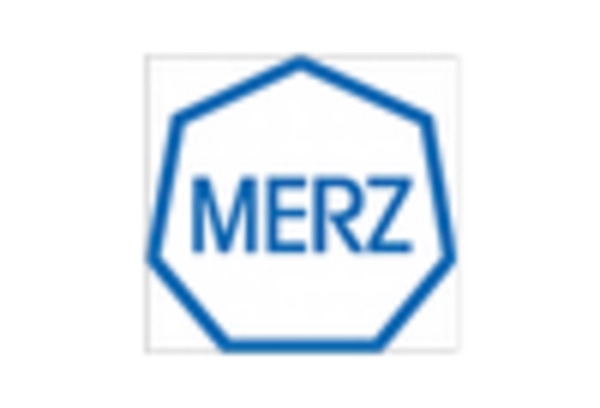
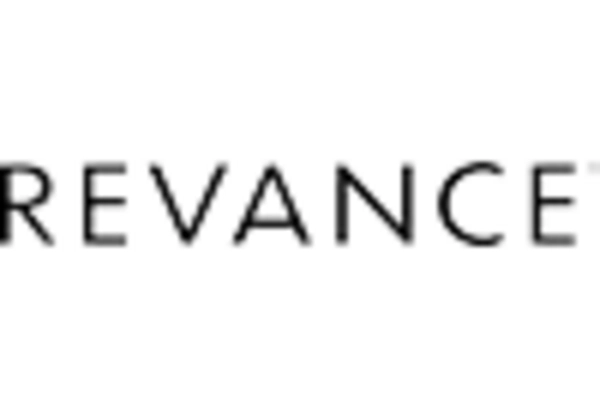
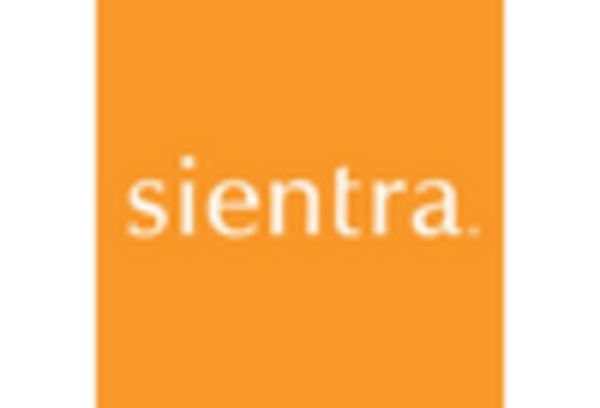








Leave a Comment